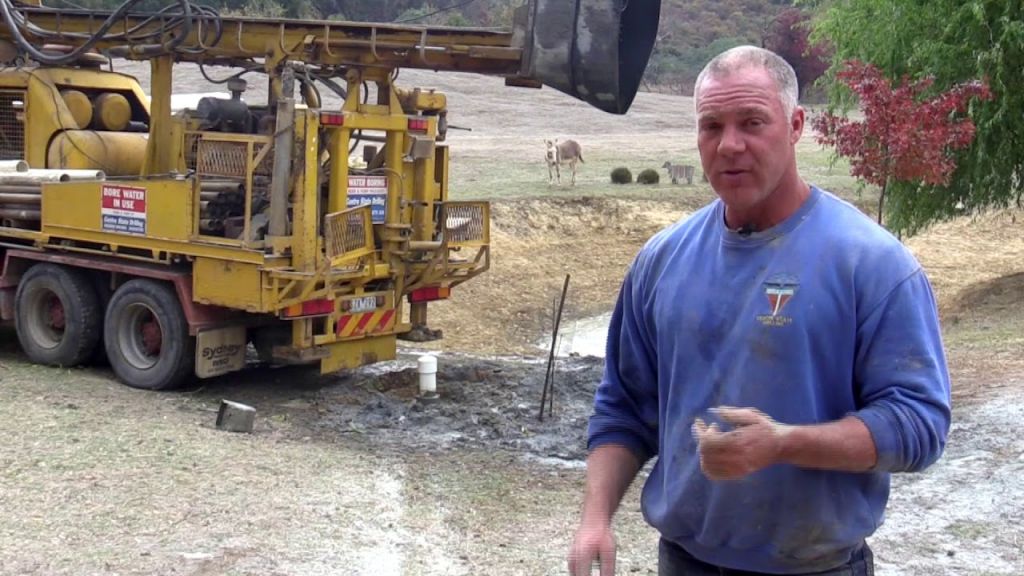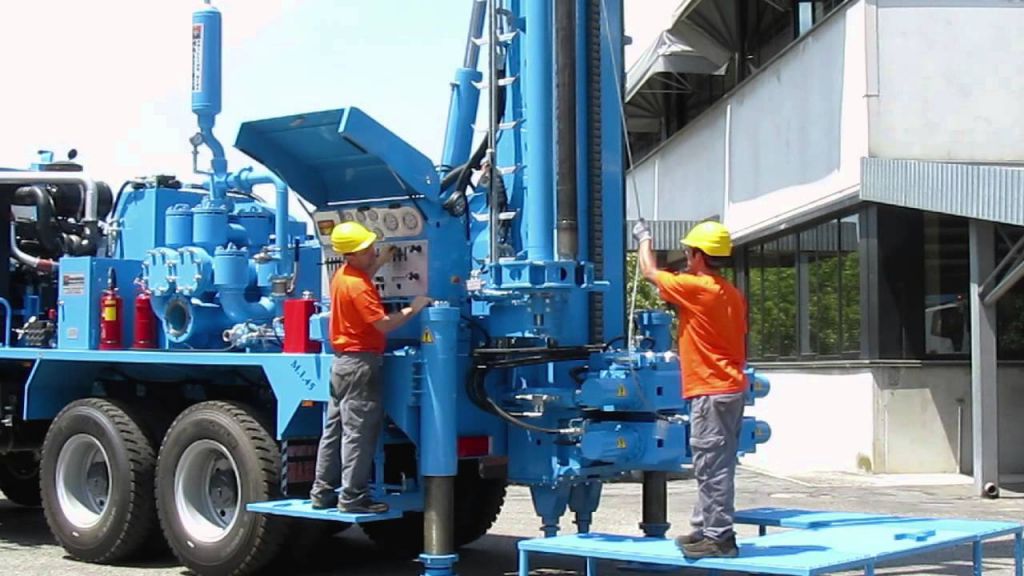Groundwater is a reliable source for many parts of Australia. Australia is the driest inhabited continent and has to do much Water Bore Drilling to draw groundwater for complementing surface water supply.
About half of South Australia, most of Queensland, North West of New South Wales, and parts of Northern Territory only has groundwater as the reliable source. The Great Artesian Basin is the largest Australian source of groundwater. The basin covers about 20% of the total landmass in Australia and holds approximately 65,000 million Mega litres.
History Water Bore Drilling

The government since 1851 was under pressure to find reliable water supplies, including groundwater, for expanding settlements in inland Australia. The earliest expeditions began in New South Wales State (NWS). The Governor directed the formation of Artesian Well Board to find the best means to obtain a supply of water to Sydney by boring the Artesian principle. Boring commenced using tread-wheel as the power in 1851 but stopped at just 23m because of sabotage and high temperatures.
Subsequent surveys and activities did not make much headway until the discovery of artesian water in 1878. A flowing supply was obtained in 1878 at Kallara Station in NWS. A 43m well was the first flowing bore after supply from another well of 33m became inadequate. The results encourage further exploration of deeper wells, especially after a drought in 1885.
Drillers obtained large artesian flows from 300m in 1887 at Kerribree station WNW of Bourke, and it became the first of such in NSW. These results encouraged deeper exploration in areas remote from any springs. Within a decade of the Kallara bore, large artesian flows were being obtained from depths of over 300 m. The first of these in NSW was in 1887 on Kerribree Station, about 80 km WNW of Bourke.
Drilling of 13 more boreholes in 1888 improved living conditions for western communities and by 1889 drillers had completed 34 artesian boreholes. Ten bores were complete in 1899, and by 1900 24 inland towns were having water from artesian bores.
Water Bore Drilling in Modern Australia

The applications for groundwater access have doubled since 2017, including in the urban areas. Drillers are getting more inquiries from residents in Sydney and regional towns like Orange, Dubbo, Bathurst, and Coonabarabran. The demand before was from farmers who wanted to stock up their dams.
Unreliable water supply from surface streams and rainfall is the reason people in rural Australia rely on boreholes. Tightening water restrictions increase the cost of water in regional and metropolitan residents who require a permanent supply to water lawns and gardens. In addition, landowners have a motivation to drill water bores since people who invest in groundwater access for their property are likely to get financial payoffs.
Another incentive for Water Bore Drilling is that authorities do not require bores for domestic use or stock to be metered. There is also no extraction limit because the water management act does not specify how much water someone can extract for domestic and stock use. Landowners require just water supply work approval before drilling, so there are no restrictions to drilling a bore.
